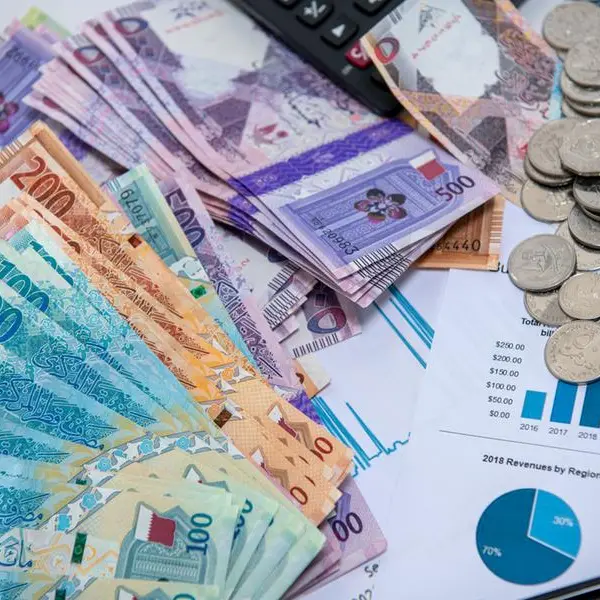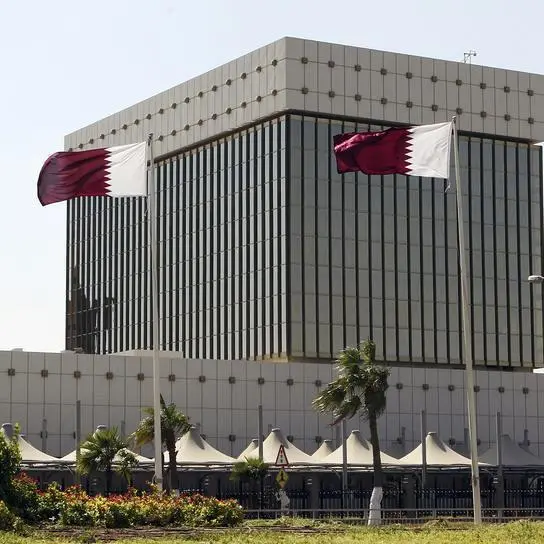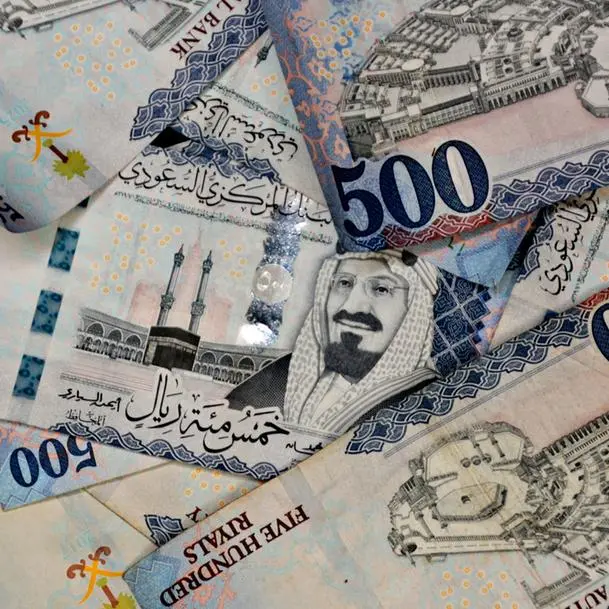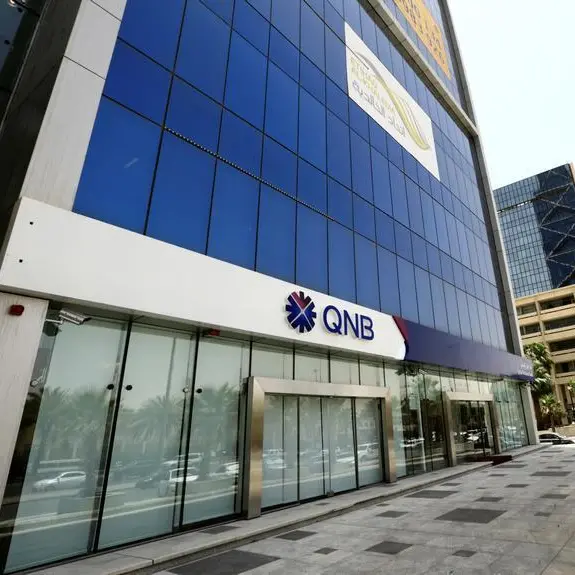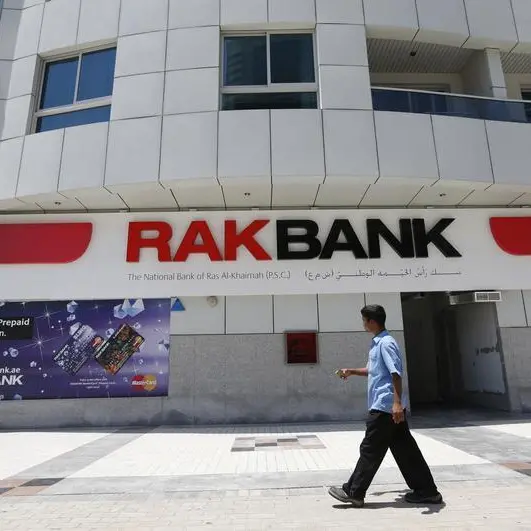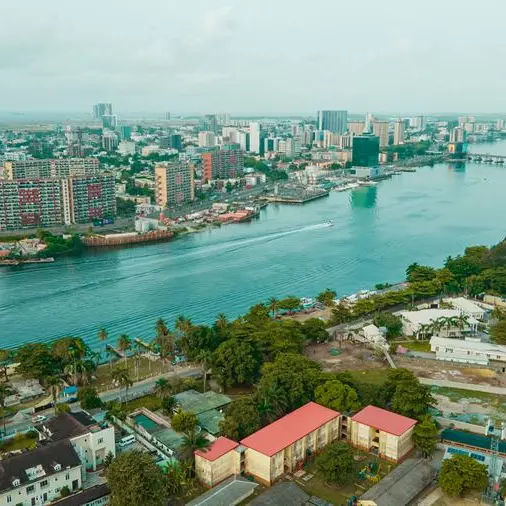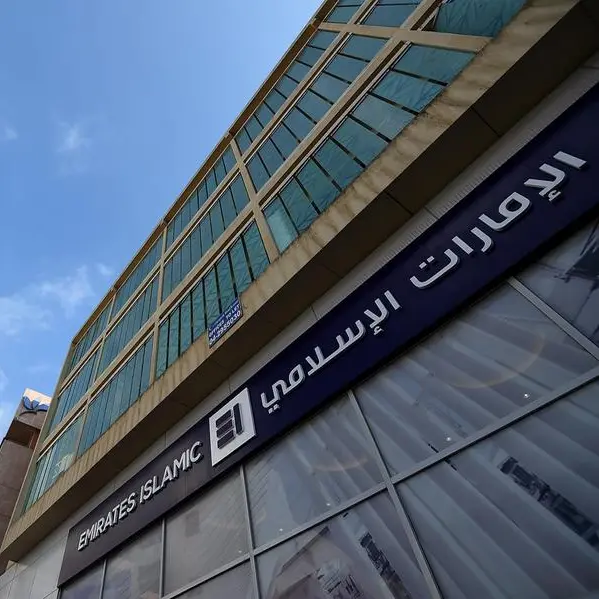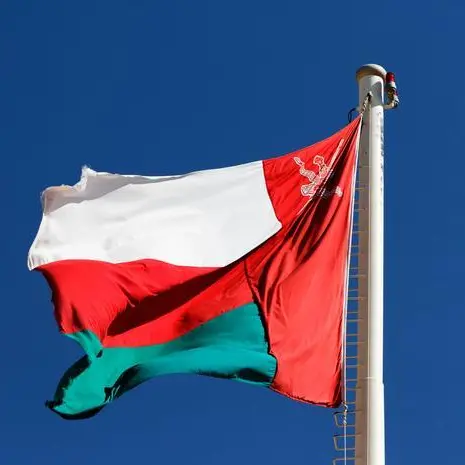PHOTO
UAE's economic growth is set to slow modestly in 2023 due to OPEC-agreed oil production cuts and deceleration in the non-oil sector as a result of higher interest rates. Along with tighter monetary policy, this will lead to lower credit demand and growth for banks, S&P Global said in a report.
"As oil-linked activities will shrink on the back of OPEC-agreed cuts, we expect real GDP growth to slow in 2023. The positive performance of some non-oil sectors, including tourism, hospitality,
and manufacturing will drive non-oil economic growth, albeit slower than last year," analysts Puneet Tuli and Mohamed Damak said.
The analysts assume Brent oil prices will average $90 per barrel in 2023 and $80 in 2024.
The slowing of the non-oil sector will lower demand for credit. "In addition, higher interest rates and uncertain global economic conditions might result in corporates adopting a more cautious approach to capital spending."
The property sector, which saw strong demand in 2022 for residential real estate, demonstrated by price and rental increases and record presales for developers, will see moderation in price and rental increases.
For UAE banks, the economic slowdown and the higher interest rate environment may lead to higher problem loans in sectors such as construction and trade, as well as for some small and midsize enterprises.
Despite that cost of risk for banks will rise only slightly. "We anticipate that UAE banks will prudently increase their coverage ratio toward historical levels."
On the other hand, the higher rates will help the banks' bottom lines. "While banks will face higher funding cost pressures, we believe higher policy rates will facilitate wider margins for UAE banks."
They will also continue to benefit from stable and strong capital buffers, good funding profiles, and expected government support.
(Writing by Brinda Darasha; editing by Seban Scaria)

